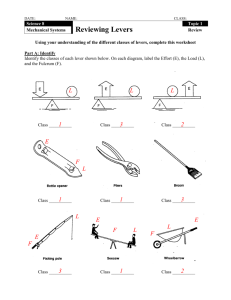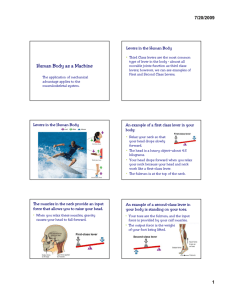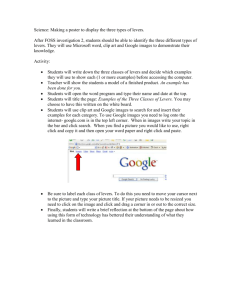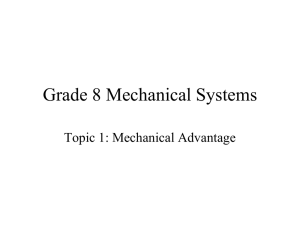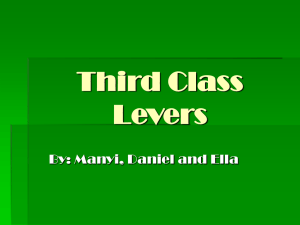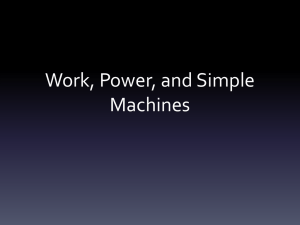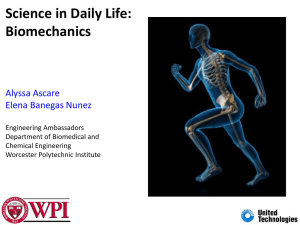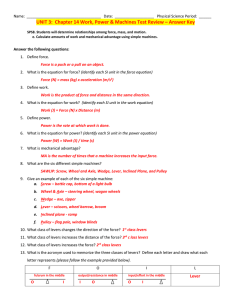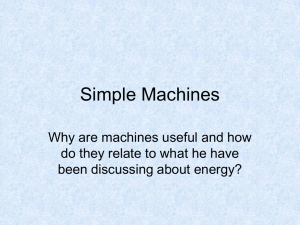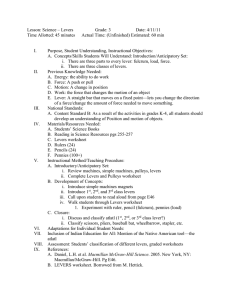Chapter 2.1 Review 1) What are Skills? Skill is your ability to do a
advertisement
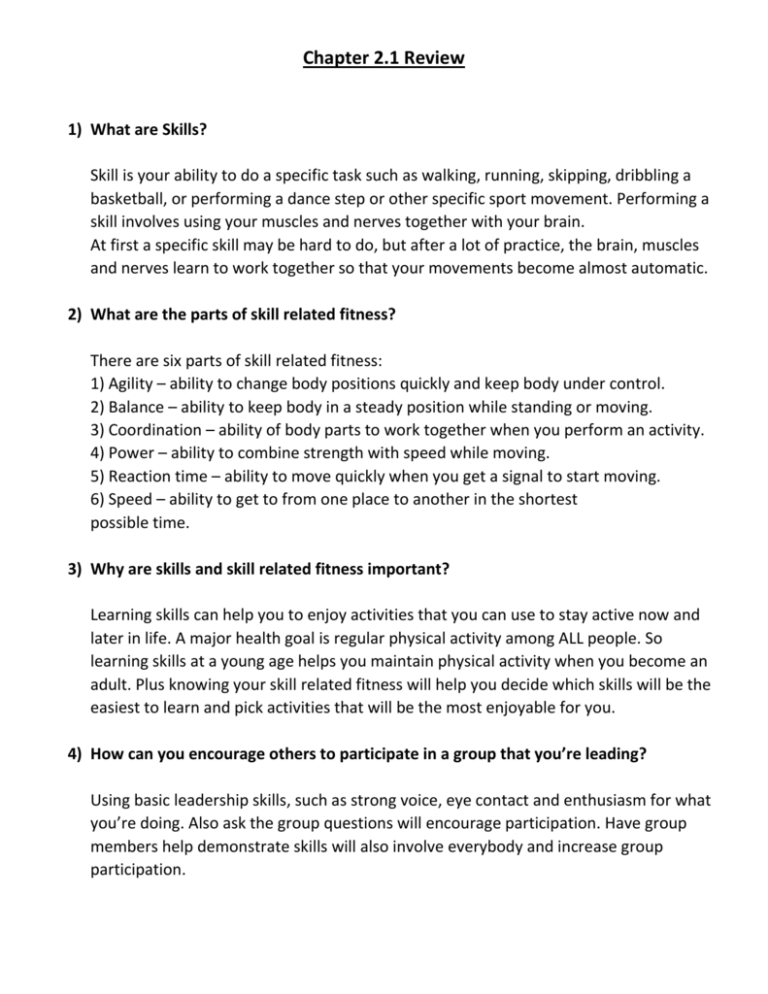
Chapter 2.1 Review 1) What are Skills? Skill is your ability to do a specific task such as walking, running, skipping, dribbling a basketball, or performing a dance step or other specific sport movement. Performing a skill involves using your muscles and nerves together with your brain. At first a specific skill may be hard to do, but after a lot of practice, the brain, muscles and nerves learn to work together so that your movements become almost automatic. 2) What are the parts of skill related fitness? There are six parts of skill related fitness: 1) Agility – ability to change body positions quickly and keep body under control. 2) Balance – ability to keep body in a steady position while standing or moving. 3) Coordination – ability of body parts to work together when you perform an activity. 4) Power – ability to combine strength with speed while moving. 5) Reaction time – ability to move quickly when you get a signal to start moving. 6) Speed – ability to get to from one place to another in the shortest possible time. 3) Why are skills and skill related fitness important? Learning skills can help you to enjoy activities that you can use to stay active now and later in life. A major health goal is regular physical activity among ALL people. So learning skills at a young age helps you maintain physical activity when you become an adult. Plus knowing your skill related fitness will help you decide which skills will be the easiest to learn and pick activities that will be the most enjoyable for you. 4) How can you encourage others to participate in a group that you’re leading? Using basic leadership skills, such as strong voice, eye contact and enthusiasm for what you’re doing. Also ask the group questions will encourage participation. Have group members help demonstrate skills will also involve everybody and increase group participation. 5) How can you participate in a group that you’re not leading? You can help the leader by avoiding talking when the leader is talking and paying close attention to the leader’s directions. Actually participate in the activity and give your best effort in all activities, even if you don’t succeed the first time. Encourage your group members to stay focused on the task too. Vocabulary See question 2 for the definition to all six skill related fitnesses. Motor Skills – Another name for skills; refers to the use of the nerves and muscles together. Motor Units – Groups of nerve and muscle cells that work together to produce movement and allow people to perform different skills. Performance Skills – Skills performed in a variety of settings such as work and sports. Practice – Repeating a skill/action over and over to improve the movement. Skill – The capacity to perform a specific task that involves the use of the muscles and brain together. Skill Related Fitness – The ability to learn skills and perform well in certain activities and jobs. There are six skill related activites see question 2 for a full description. Sport Skills – The ability to perform specific tasks required to play sports, such as kicking, throwing, and catching. Chapter 2.2 Review 1) What is practice, and why should you do it? Practice means repeating an action over and over again to improve the skill and put it to muscle memory. However some kinds of practice are better than others, so choose the right kind of practice for you. This will help you improve and perform skills to the best of your ability. 2) What are the importance elements of good practice? Some experts say practice makes perfect, but this has changed to perfect practice makes perfect. If you practice a skill wrong, your performance won’t get any better. So make sure you get good instruction by a qualified instructor. They can give you feedback to help make changes to your performance to improve the skill. Mental practice can also help by imagining performing a skill properly and help you develop a routine for doing the skill the same way every time when you perform it. 3) How do body levers help you to perform physical activities? There are 3 types of levers, first class, second class and third class. They help the body to apply force to create movements of many different kinds. The bones of your body act as the levers for example the bones in your feet act as levers when you push with your foot to run or walk. The bones in your arms act as levers when you throw a ball in softball or hold a racket in badminton. These body levers help you produce increased force and or speed to perform many daily and sporting skills. 4) How often should you practice? Practice works best when you enjoy it and can focus on it. If it’s too long and you get tired/bored, practice is less effective and lead to you performing the skills incorrectly. So find ways to make practice fun, such as with friends and using fun drills. A complete practice session may be an hour or two, but practice on individual skills may be only 530 mins switching often to keep things varied and fun. Daily practice is best if possible, if not regular short practices over several days are better than one long practice of several hours. Vocabulary Feedback – Information from an instructor or other source that helps you change a performance or a skill First-class levers – A type of lever in which the fulcrum (or pivot point) is between the resistance (or weight) and the effort (or force), such as a seesaw or the foot when walking Lever – A bar, or stiff, straight object (simple machine or bone of the body) used to lift weight, produce force or speed. Mental practice – Rehearsing a skill in one’s mind (imagine a performance) in an attempt to improve a skill or performance. Paralysis by analysis – When you’re given too much information about your performance that you can’t use it all and it can harm your skill performance. Practice – Repeating an action over and over again to improve skill. Routine – Performing movements in the same way time after time; a technique used to enhance skill performance Second-class levers – A type of lever in which the weight (or resistance) is between the fulcrum (or pivot point) and the effort (or force), such as a wheel barrow Third-class levers – A type or lever in which the effort (or force applied) is between the weight (or resistance) and the fulcrum (or pivot point), such as the arm throwing a ball or leg kicking a ball.

